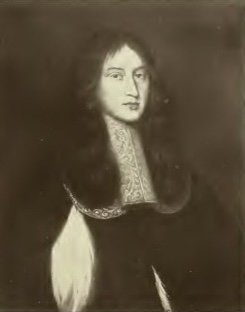The Wedderburns of Blackness
Sir Alexander of Blackness 1610 - 1675
The Wedderburns come on the scene in Dundee around 1450 with a Robert Wedderburn. His son Alexander was the Clerk of Dundee and from then on for several generations a Wedderburn was in this position.
The first Wedderburn with a title is Alexander Wedderburn “of Blackness”. He was close to James I who rewarded him for his service with a diamond ring and a baronetcy. Giving out titles was a way for the King to raise $…
Sir John Wedderburn 5th of Blackness 1700 - 1746
Skip down a few generations (not my direct line) to Sir John Wedderburn 1700, the 5th Baronet. He took part in the Battle of Culloden (on the side of the Stuarts) in 1746 which was the last gasp of the Jacobite uprising against the English. He was hanged in London for treason and his two sons John and James fled to Jamaica.
Beheading of the Rebel Lords on Great Tower Hill 1746
Sir John Wedderburn of Ballindean 1729 - 1803
John and James went with nothing and ended up fabulously rich as they became sugar plantation owners. James pretended to be a doctor and had a medical practice.
They owned 208 slaves at Glen Islay and 317 at Blue Castle plantations. Both became infamous in British history for their cruelty.
Illustration of slavery in Jamaica
John returned to Scotland in 1769 and bought the Ballindean estate. He took with him a young enslaved boy named Joseph Knight who sued for his freedom in 1778 when Britain outlawed slavery. John challenged him and the court case was big news. Joseph Knight won his freedom and is memorialized in James Robertson’s novel.
James Wedderburn had a child (with one of his slaves) who was named Robert. Robert was excluded from the family and wrote a book about his personal experience, The Horrors of Slavery, which was widely read and used to promote the abolitionist movement.
The notoriety didn’t stop them from creating a legacy for their children and restoring the family name. James’ other son Andrew by his Scottish wife became a director of the Hudson Bay Company.






